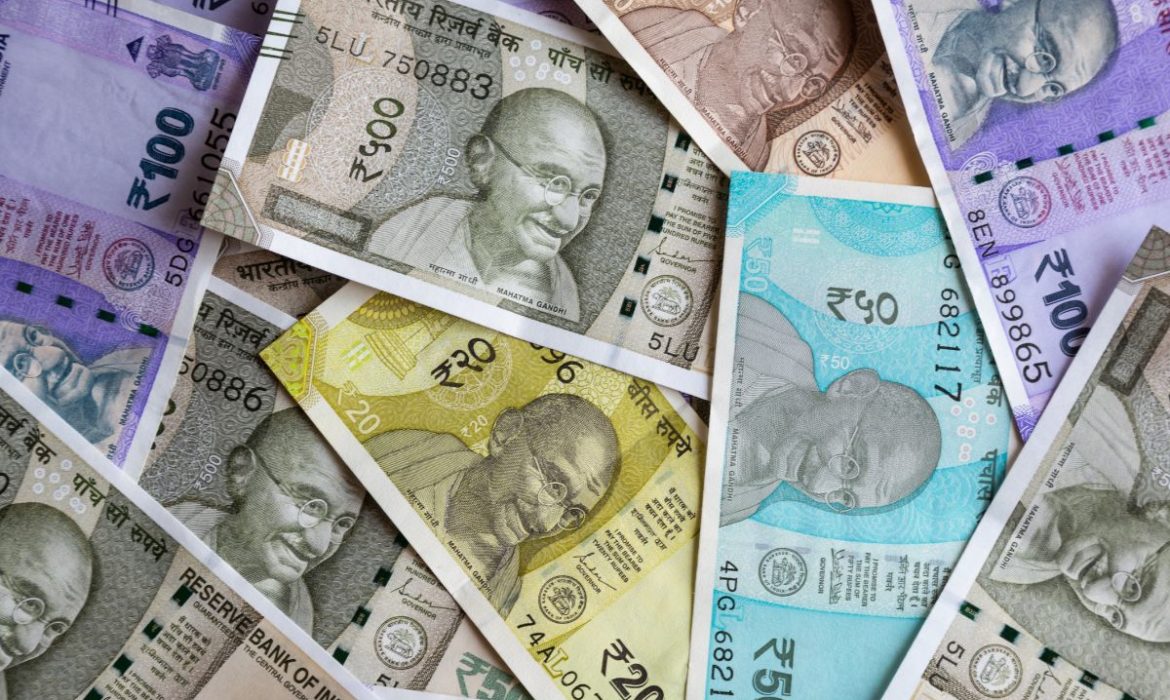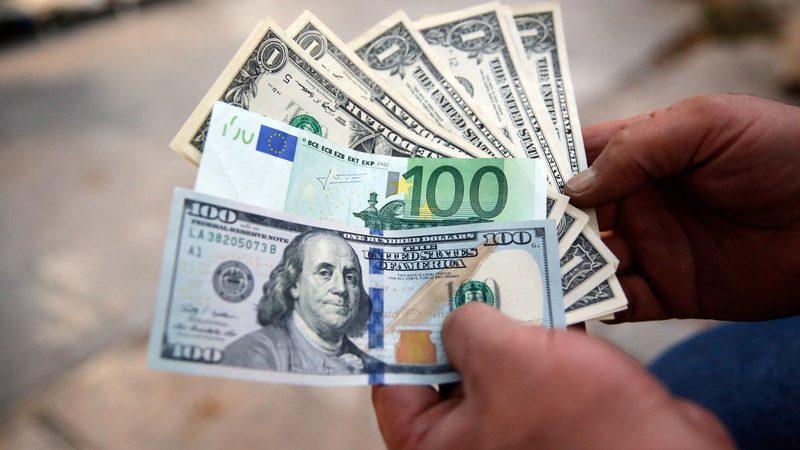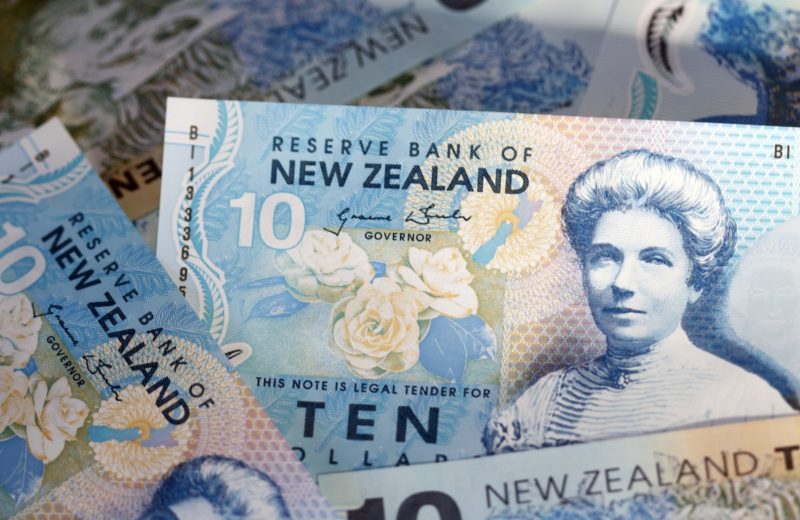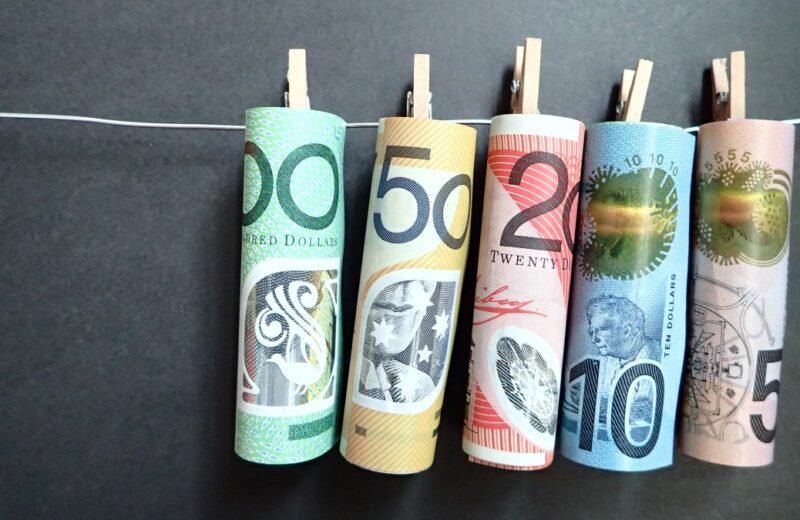The rupee is becoming Asia’s worst performer in the last month. However, it has one of the most appealing features for merchants: its fast deterioration.
Last week, 12-month implied rupee yields fell to the lowest level since 2009. This serves as an indication of interest rate disparities with the US. Carrying traders depend on earning margins between high-yielding and low-yielding currencies. Unfortunately, they are in for a tough ride with the news.
The interest-rate differentials are expected to worsen. This further pressures the carry trade and, eventually, the rupee. The Reserve Bank of India is widely expected to stop a rate-hike cycle soon next year, and the Federal Reserve is seen peaking in the middle.
According to the views of Australia and New Zealand Bank and Barclays Plc., the rupee is down 2.3% in the last month to an average of 82.70 per dollar on Tuesday. Next quarter will most likely see it fall further to 87 per dollar.
Dwindling dollars and a deviated market
According to Gaura Sen Gupta, an economist at IDFC First Bank, a lack of dollars and the RBI’s intervention in the FX market have also contributed to lower premiums. In September, the RBI’s forward dollar book dropped to $10.4 billion, the lowest since 2020, compared to $65.8 billion in March.
“Our expectation that the rupee will weaken against the dollar next year is supported by a mix of global risk-off sentiment and decreasing interest rate differentials between India and the US,” she added.
In the money and FX markets, shorter tenor rates generally reinforce each other. The cash dollar shortage is exacerbated by a higher-than-usual trade and balance-of-payment deficit, according to Emkay’s Arora. The shortage has deviated from other money markets like onshore rate swaps.
Moreover, Rupee’s traditional volatility has continued to climb. The one-month measure is currently higher than the level that marked Russia’s invasion of Ukraine in February. That may put a damper on demand for some carry investors.
















